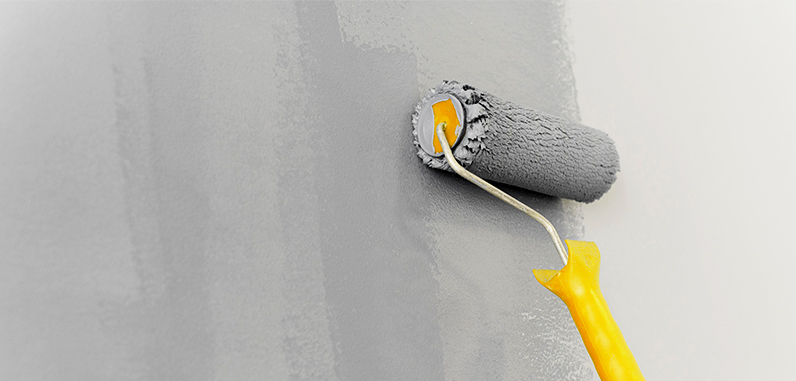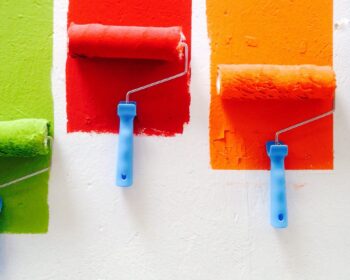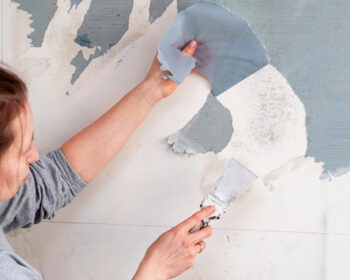
Avoid These 7 Mistakes and Finish Painting Your Wall Like a Pro!
You’re more likely to make mistakes if you’re utterly unaware of the possible pitfalls before beginning a house painting job. Although it can seem to be a straightforward task, one error will result in a significant failure and leave you frustrated.
In the other hand, if you done your research, you’ll be able to stop all of those possible missteps and finish your home painting job like a professional residential painter! So, what are the most famous house painting errors that any DIYer can avoid? We’ve got both of them right here! Continue reading to learn how to prevent ten popular painting blunders and make your painting experience a breeze!
Not Getting the Wall Prepped
You must perform standard prepping steps before painting the walls, regardless of how “ready” they seem to be. Cleaning, sanding (if there is a current wall paint or finish on the surface), and priming are all part of this process. You should only predict mediocre results if the wall is not well prepared.
Not Using Paint Samples
While you can fall in love with a single paint color when you see it in the store, keep in mind that several colors look very different when they are added to a wall. As a result, it’s usually a good idea and request samples to test out the color on an inconspicuous section of the wall or a garage wall before buying more.
NOTE: If necessary, apply a second coat and let the paint dry entirely before inspecting the color.
Excess Brushing/Rolling
If you see a skilled painter at work, you’ll see that they only use 3 to 4 strokes/rolls to paint each part of the wall. This is because when you brush or roll too much, the paint begins to dry on the paper, creating streaks and ridges. So, if you’re new to painting walls, practice on your garage wall or some inconspicuous place to get the hang of it.
Using a Dirty Brush/Roller
To achieve desirable finish, use a clean brush/roller, as any debris trapped on the paint tool will leave marks or reveal unevenness as the paint dries. It’s also a good idea to check the brush/roller when you’re painting the walls to make sure the paint isn’t drying out, as this can result in unsightly runs in the polish.
Accidentally Paint the Ceiling
It’s easy to get carried away with rolling or painting on paint until you get the hang of it. As this occurs, you can unintentionally bump the ceiling, leaving an unsightly stain of color where it does not fit! One clever way to circumvent this no-no is to use a paintbrush to strategically paint a horizontal line around the top of the wall. This way, when you complete the rest of the wall, you won’t have to color too close to the ceiling.
Painting in Extreme Weather
If the weather is too hot or cold, you’ll need to reschedule your painting project and postpone it until the weather gets better. Extreme temperatures allow the paint to dry and crack, while cold temperatures will keep it moist for days, affecting color uniformity. Temperatures between 40 and 90 degrees Fahrenheit are suitable for house painting; temperatures greater than the optimum and lower than the minimum are considered dangerous for painting walls.
Using Thick Paint
Some colours may be added to certain areas without being mixed, while others must be thinned out with a paint conditioner. The paint must be thin to adhere evenly, particularly when painting wooden surfaces or textured walls.
You should get the paint diluted at the hardware store if you want, or just follow the directions on the bottle.instructions provided on the container.





